Augmented reality entertainment is one of the greatest leaps forward within the industry. AR entertainment refers to any method by which digital content is placed within the physical world. Creators can weave the digital elements they’re working with into their audience’s everyday lives. The result is fully immersive, potentially interactive entertainment that’s part of the world around you. Every area of entertainment, from live events to gaming, is benefiting from AR.
In this article, you’ll see how AR is evolving within the entertainment industry, its most important elements, and how it’s changing the world.
Table of Contents:
- What is Augmented Reality Entertainment
- Why Augmented Reality Entertainment Matters
- How Has Augmented Reality Evolved in Media and Entertainment Over the Years
- Key Applications of AR in the Entertainment Industry
- 5 Popular AR Entertainment Apps in 2025
- Benefits of AR in Entertainment
- The Future of AR Entertainment
- Augmented Reality Industries: An Overview of All Sectors Using AR
- Virtual Reality in Entertainment; Examples of VR in Entertainment
What is Augmented Reality Entertainment
Augmented reality (AR) is similar to VR in the sense that both are immersive technologies that create digital worlds. However, VR is something you fully step into while the digital world of AR is spread out into the real world around you. Instead of replacing the physical world, you’re building on top of it. AR lets you interact with digital elements while still staying aware of and engaged with your surroundings.
Augmented reality entertainment leverages these techniques to immerse you in a variety of fun activities. This next-gen entertainment can bring live concerts to your backyard, turn the sidewalks outside your home into a path of adventure, and so much more. AR is even more impressive for the fact that most smartphones offer support for it. If you want to learn more about AR technology, read “Augmented Reality; Learn About AR Tech, Use Cases, Devices, and More!”
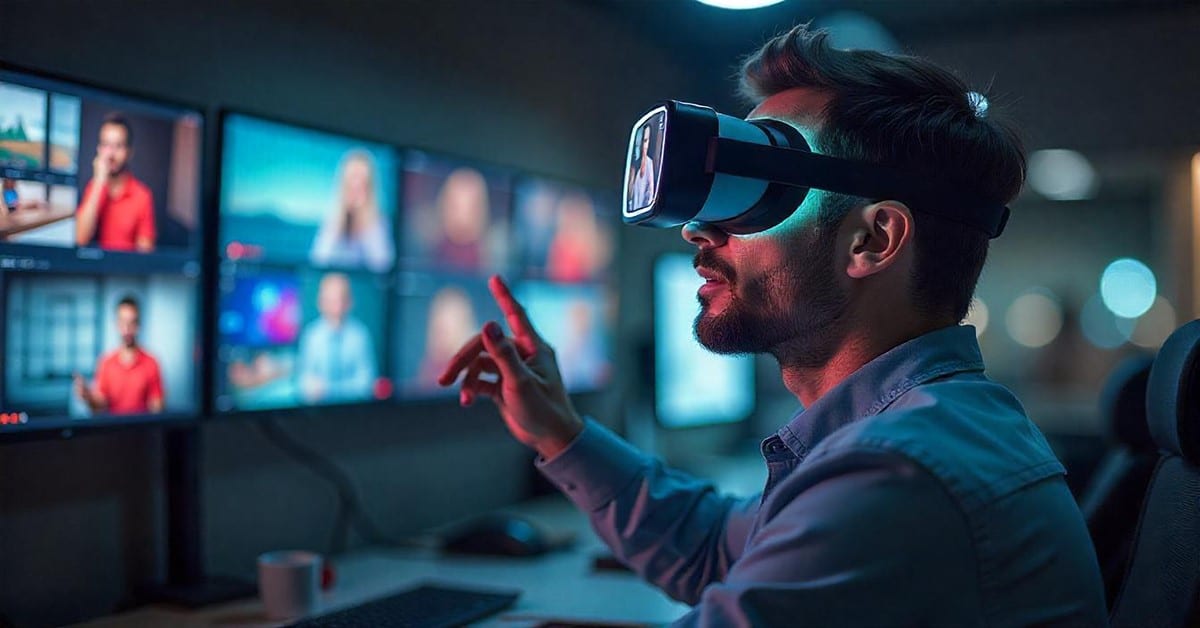
Why Augmented Reality Entertainment Matters
The significance of AR entertainment comes in large part from two elements – interactivity and immersion. When you use AR, you’re no longer a passive observer watching someone else’s story. Virtual interactive entertainment can make you an active participant in the experience. The connections between audience and story are enhanced in ways that just can’t be done with traditional media.
AR also provides opportunities on the business side of the industry. Companies can easily obtain solid metrics on user engagement through AR. Meanwhile, content creators are now unbound from the prior limitations of their mediums and can bring their wildest ideas to life. And users can even enjoy the experience through hardware they probably own already.
How Has Augmented Reality Evolved in Media and Entertainment Over the Years
Augmented reality began as a heavily specialized technology that was mainly used for industrial or even military applications. However, the potential of AR was quickly realized, and it spread into a multitude of different forms. AR entertainment, in particular, has grown at a rapid pace.
Mixed reality entertainment in various forms allows for more immersive connections. This was seen quite clearly in the public’s reaction to Pokémon GO in 2010. People were thrilled to discover how location-aware AR could bring them into the experience. Instagram, Snapchat, and other social media platforms also began to add AR with marketing campaigns and in-app effects.
These early but powerful leaps forward brought about the modern age of AR. Today, you can experience concerts and holographic entertainment. Immersive gaming and live events allow for captivating experiences. Museums and educational platforms are bringing subjects to life through AR. Amazing technology is still growing and evolving toward an exciting future.
Key Applications of AR in the Entertainment Industry
The entertainment industry has a wide scope and many different elements. Likewise, you’ll soon see that AR entertainment manifests in several key areas.
AR in Gaming
AR entertainment typically ties into location to some extent, but this feature brings some impressive improvements to the gaming sphere in particular. Pokémon GO is among the most famous examples of how AR gaming can leverage location as a feature to create immersive game environments in your own home or neighborhood. This also brings social elements into the game in a natural and immersive way. Other games, like Angry Birds AR, emphasize real-world physics. And powerful technologies like cloud computing often provide even more possibilities on top of AR’s already strong gaming foundation.
AR in Live Events & Concerts
AR is reimagining concerts and live events in many ways. Holograms performing on stage are among the most obvious and striking innovations. However, AR has been integrated into almost every aspect of the concert experience. For example, music videos can meld animation with live-action footage. Interactive AR shows let attendees experience all digital elements in an immersive and responsive manner. Coachella was an especially notable example of how this technique can provide people with memories that will last a lifetime.
AR in Theme Parks & Attractions
Theme parks strive to create immersive experiences, so it should be no surprise that they embrace AR. Applications of augmented reality entertainment can be seen in some of the biggest parks, such as Universal Studios and Disney. The rides and attractions can bring stories to life by blending digital and physical elements together for the guests. For example, Star Wars: Jedi Challenges lets people grab an AR lightsaber for exciting duels. Some parks make it easier to navigate their attractions through AR-based maps. Even museums are using AR in their attractions to give people a lifelike view of history. Advancements in wearable AR entertainment are sure to take this already exciting application even further in the future.
AR in Film & Television
Both the television and movie industries have leveraged AR to bring viewers into the narrative. Some of the biggest players, like Netflix, have produced noteworthy experiments. On the backend, production teams are using AR content creation techniques to make CGI elements in real time. Producers can easily show cinematographers, directors, and actors all of the elements in even the most complex shots. Given the rapid growth of AR entertainment, it’s probable that in the future, people will even be able to experience parts of a show or movie as active rather than passive participants.

AR in Social Media & Marketing
Instagram and Snapchat gave many people their first look at AR. The app’s filters essentially turned standard selfies into live AR events by placing overlays onto videos and images. Today, TikTok is carrying the torch by integrating AR into viral challenges that boost engagement. This convergence with marketing is hardly isolated either. Augmented reality entertainment offers tremendous marketing opportunities. For example, AR marketing can provide people with virtual items to try out before buying the real thing. You can see how furniture looks in your home or how clothing might complement you – all through AR. If you want to find more information about “AR marketing, read AR Marketing; Top Examples of Augmented Reality Marketing.”

5 Popular AR Entertainment Apps in 2025
The rich library of augmented reality entertainment apps is already impressive. 2025 is providing even more to love with a wealth of great options.
Pokémon GO
Pokémon GO is an extremely popular AR take on the famous franchise. Niantic released the game in 2016 in collaboration with The Pokémon Company and Nintendo. Players were able to use their phones to find and catch Pokémon within the real world – both near and far. It was many people’s first introduction to AR and showed them what immersive and Extended Reality (XR) entertainment could do. The immense popularity has kept the game thriving, with a massive player base and continual updates. Some of the new features include seasonal events, remote raids, and AR snapshots, which leverage the power of personalized AR entertainment.
Video: Pokémon GO: AR Mapping Tasks
Houzz
Houzz is a powerful tool that shows just how active augmented reality entertainment can be. When you buy furniture, you’re normally forced to imagine how well it might fit into your home. However, with Houzz, you can use a “View in My Room 3D” feature to see how things look at home before you make the purchase. You’re also freed from the tedium of moving couches or other pieces of furniture around to get the best fit. The app makes the shopping experience easy and fun because you know in advance how everything will work within your home.
Video: Shop for Furniture in Augmented Reality
Snapchat
Snapchat is one of the best-known examples of AR integrating with social media. The app lets people use a variety of filters and lenses to change shots in real-time. Users can interact with digital elements, change the presentation of their faces, and manipulate the surrounding environment for the perfect presentation. The Lens Studio option even gives you the power to create your own customized AR experience. Landmarks and Snap Map leverage AR’s location awareness to make the experience even more immersive. Snapchat is continually adding new features along with exciting partnerships that leverage various brands.
Video: Snap Lens Studio AR Experience Anchored with an AR QR Code
Holo
Holo puts the power of high-tech holograms into the hands of users. This example of AR entertainment lets you use the app to place holograms around your physical environment. There’s a wide variety of options to choose from, including animals, objects, and even people. All of the categories are represented with a large number of individual options. The end result is a realistic union of physical reality and lifelike holograms that emerge as a seamless whole. Realism is one of the reasons why so many people record holograms to share their AR creations on social media.
Video: How to Use Holo Camera App | Augmented Reality | AR App
JigSpace
JigSpace highlights the fact that augmented reality entertainment can also be highly educational. The app lets you step into environments that would normally be difficult to visualize so that you can get a better perspective on these complex subjects. For example, you might watch the intricate mechanisms involved with the human heart. You might also use JigSpace to see the underlying elements of a car engine. These digital elements aren’t just for show either; they’re inherently interactive. This hands-on element makes them an ideal way to learn about complex subjects. The app even makes it easy to create new 3D presentations. JigSpace’s capacity for design has made it a popular tool for both educators and businesses alike.
Video: JigSpace for Apple Vision Pro
Benefits of AR in Entertainment
- Increased Engagement: The bulk of the average person’s entertainment time is passive. However, augmented reality entertainment is active and creates two to three times more engagement.
- Immersive Experiences: Blending physical and digital elements puts you in control. Passive consumption turns into active participation thanks to the immersive and multi-sensory nature of AR entertainment.
- Monetization Opportunities: Purchases made in experience, subscriptions, and premium content are all options within augmented reality entertainment. This is enhanced by data analytics, which can refine marketing strategies.
- Accessibility & Convenience: AR entertainment exists independent of location and is therefore available to everyone all over the world. Billions can transform any open space into an entertainment hub.
- Location-Independent Experiences: Augmented reality experiences bring the venue to you rather than demanding you travel to reach it.
The Future of AR Entertainment
- Hardware Advancements: The upgraded resolution, spatial mapping, and field of vision offered by new devices like the Meta Quest 3 and Apple Vision Pro meld high-tech capability with intuitive controls and a comfortable weight.
- Metaverse Development: Metaverse Entertainment opens up shared AR layers. This will create social experiences in persistent spaces that span all physical locations and hardware.
- Mainstream Adoption: Major franchises will provide augmented reality entertainment options as a core part of their platform rather than a bonus.
- Cross-Platform Ecosystems: Location-based AR entertainment will integrate with different devices and contexts to form ecosystems that transition between contexts while maintaining narrative cohesion.
- AI-Generated Dynamic Content: Machine learning can work with AR content creation to provide people with individualized experiences. The AR entertainment will dynamically adapt to your choices to match your interests, skills, and preferences.
Augmented Reality Industries: An Overview of All Sectors Using AR
While the entertainment sector has seen enormous benefits from AR, it’s far from alone in that respect. AR is an invaluable tool for training, data accessibility, customer engagement, operational efficiency, and more. These elements are universally applicable to the professional world as a whole. You can delve into how various sectors are using AR in the article “Augmented Reality Industries; An Overview of All Sectors Using AR.”
Virtual Reality in Entertainment; Examples of VR in Entertainment
Augmented reality entertainment is a powerful form of immersive entertainment. However, VR entertainment is another form of immersive technology that provides a fantastic complement to AR. AR brings digital elements to the physical world, while VR brings the user into a fully digital landscape. Each form of immersive technology has something special to offer. You can discover how VR is changing the entertainment industry in the article “Virtual Reality in Entertainment; Examples of VR in Entertainment.”
Augmented reality entertainment is growing every day, and its future is certain. But you’re also a part of that future. Try out the elements of AR entertainment that caught your attention, watch how it evolves, and enjoy the ride.
Did You Like This Article About the AR Entertainment?
You might also be interested in the following articles:
- Augmented Reality Sports are Transforming the Future of Athletics
- Artificial Intelligence in the Entertainment Industry Revolutionizes the Field
- The Role of Augmented Reality in Modern Classrooms

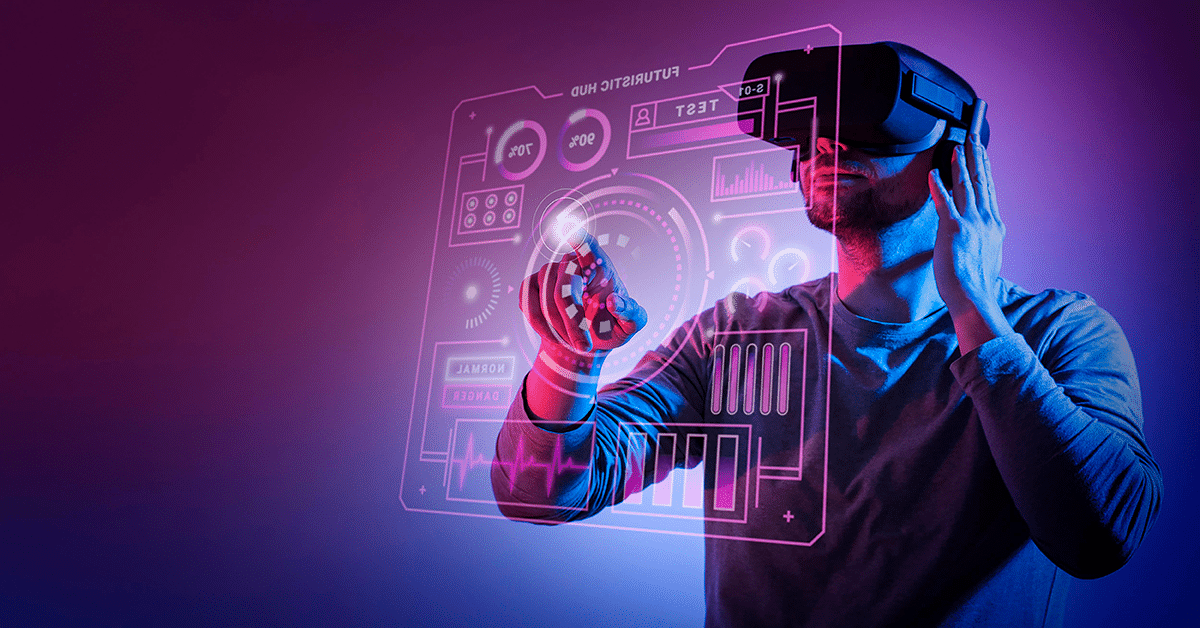

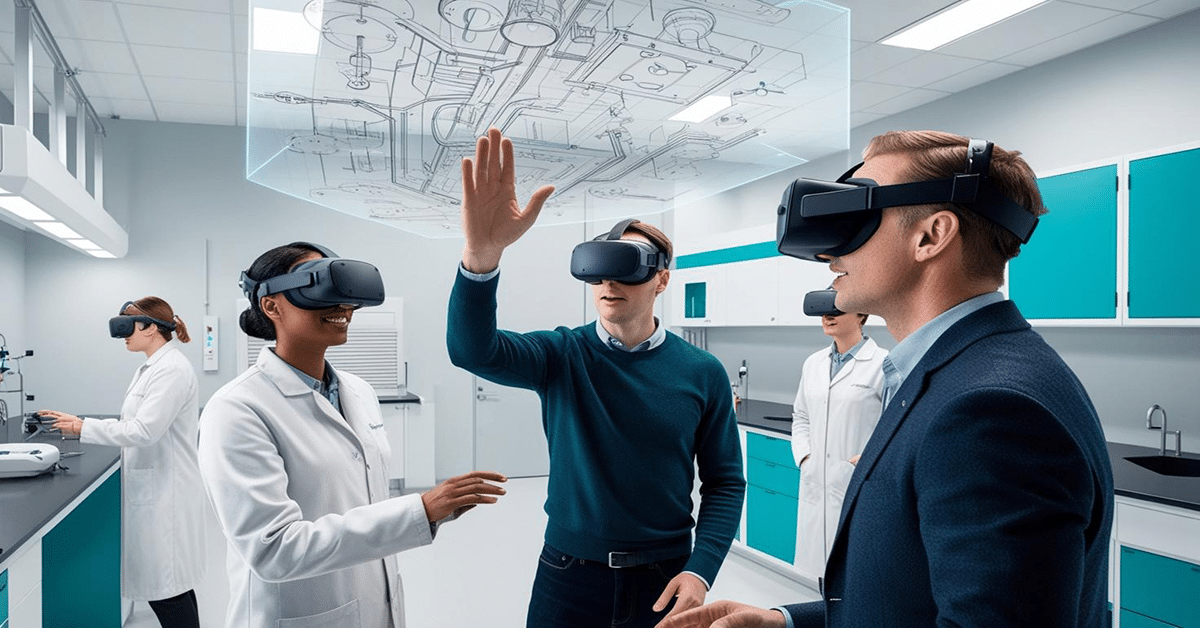
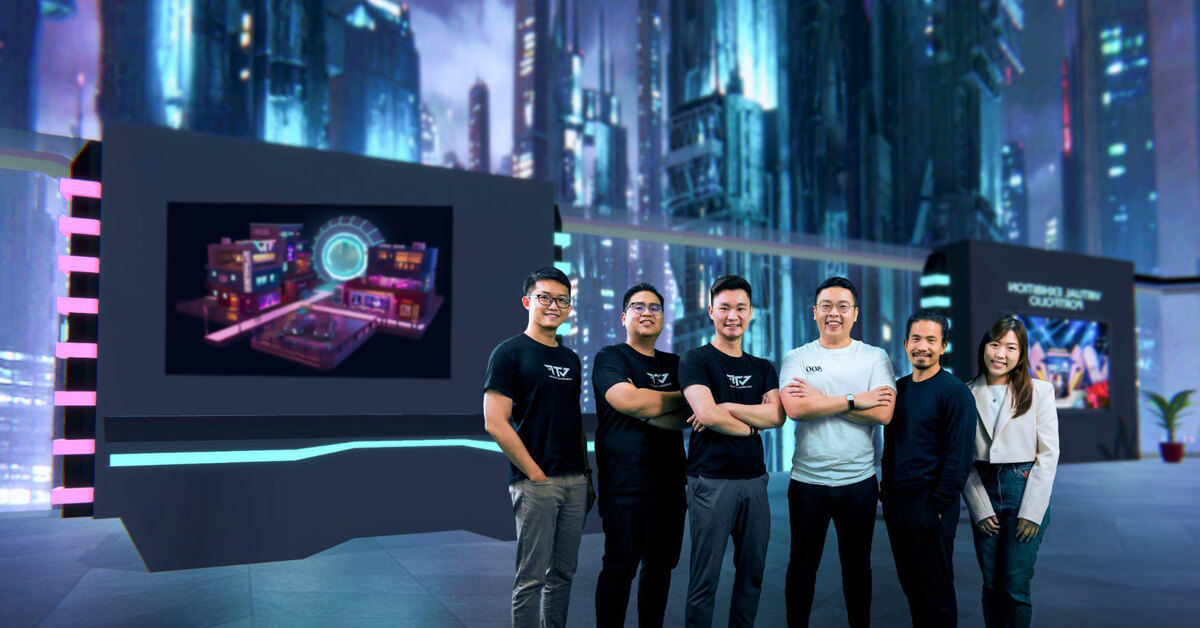


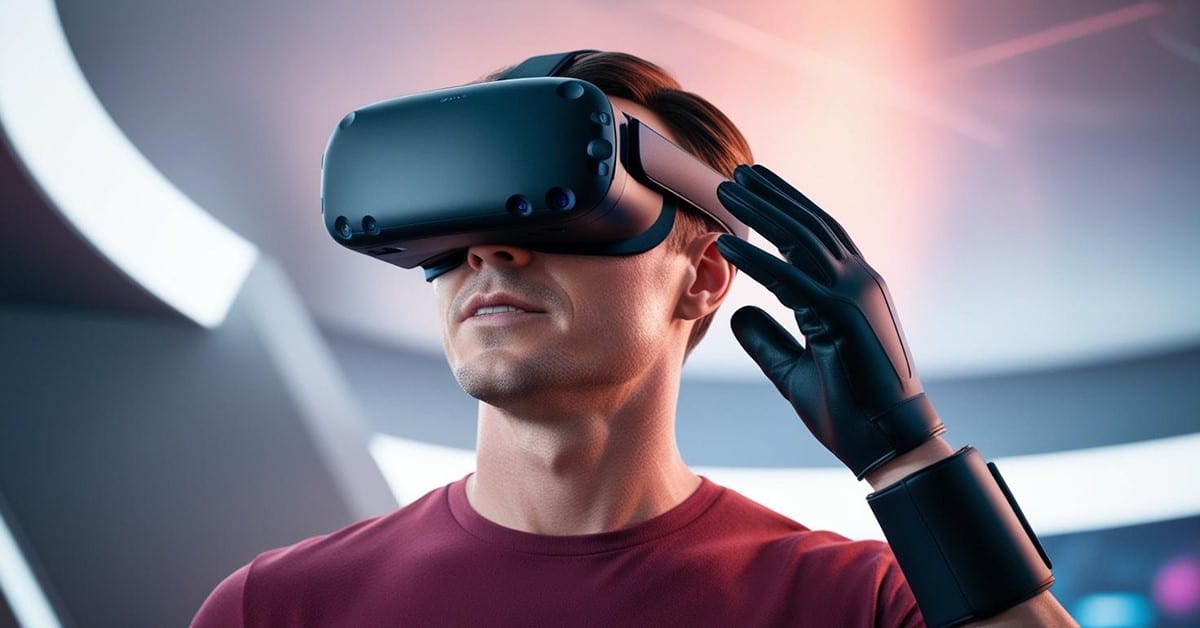

Leave A Comment